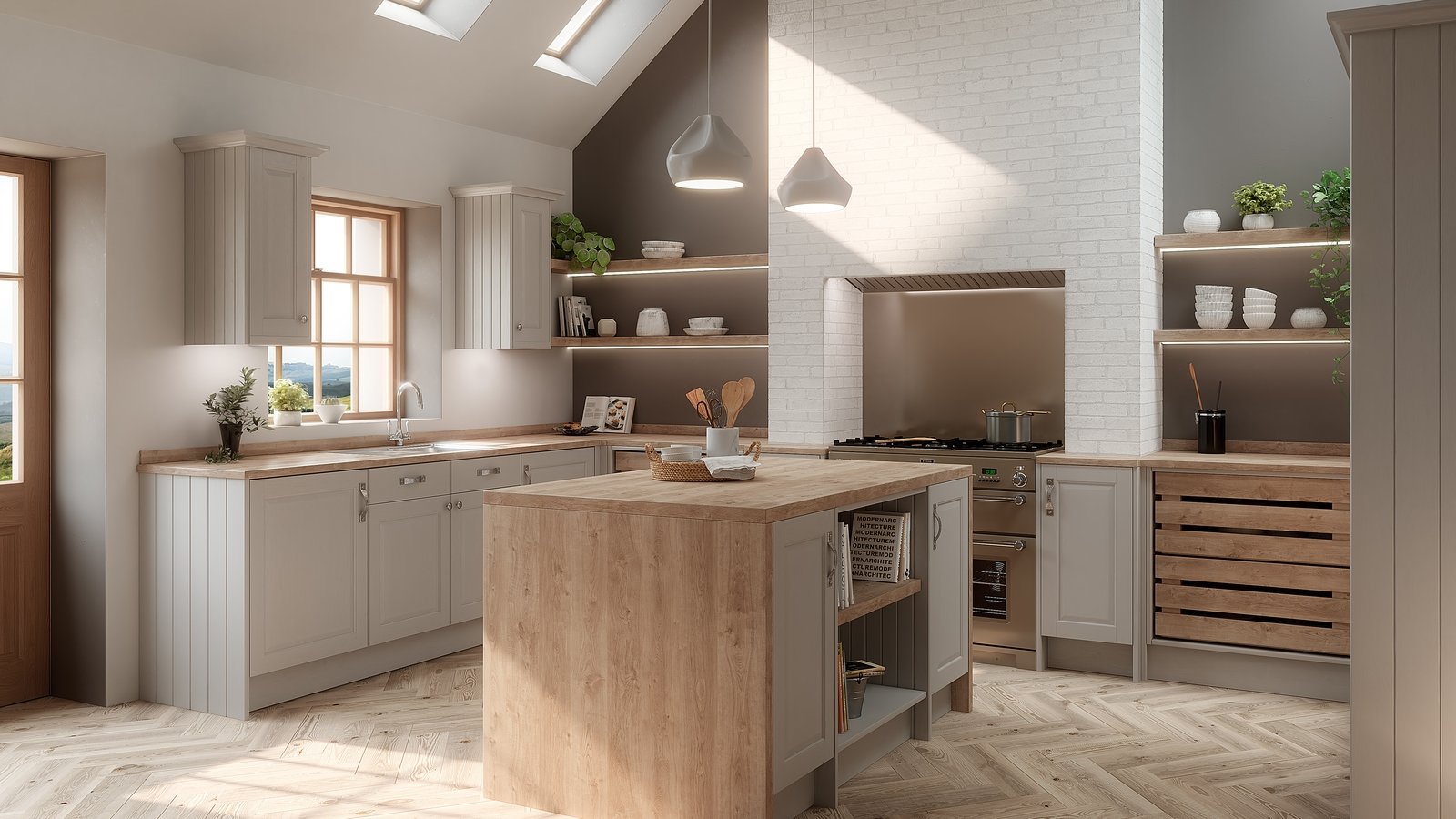ESCANABA — As the days get longer and warmer temps turn our thoughts to planting, Wild Ones announces the release of nine professionally designed native garden plans free for the public to use. The designs are specific to different ecoregions of the country, including Minneapolis, Chicago, Milwaukee, Toledo, Chattanooga, Boston, St. Louis, Denver and Tallahassee. The designs can be downloaded from the Wild Ones’ newly launched nativegardendesigns.wildones.org website.
Why, you might ask, are native plants and gardens important? That’s a great question. According to Doug Tallamy, author of “Nature’s Best Hope” and an Honorary Director for Wild Ones, one of the biggest mistakes in our approach to conservation is the idea that “nature” is something set aside in preserves and parks; places we go to visit, separate from our daily lives. Tallamy stresses that we can no longer leave conservation solely to the conservationists. Native plant gardens in our own backyards are our best hope for saving our environment.
Laurie Johnson, president of the local Central Upper Peninsula Chapter of Wild Ones, advises that the Minneapolis and Milwaukee gardens feature plants best suited for the Upper Peninsula. The site provides practical, educationally-sound information on native landscaping developed specifically for first-time native plant gardeners looking for help getting started. Each garden design includes a variety of beautiful, region-specific native plants which can be downloaded and easily printed for quick reference while selecting plants at a local nursery. The website also features a list of nationwide nurseries that are great sources for obtaining native plants. The designs were created with the premise that using native plants in landscaping can be beautiful, promote wildlife, and can be achievable for gardeners of all skills and budgets.
You don’t need to have a huge garden space to utilize the designs. The gardens are designed to be built incrementally, so you can add new areas and new plants as your space, time and funds permit. A patch of soil around the base of a tree or a street corner can be a good spot to get started. The gardens also favor species with long and staggered bloom times, to not only enhance the beauty of the garden but provide pollen and nectar through the growing season.
Here in the heavily wooded and relatively unpopulated Upper Peninsula, it is easy to think that we already have plenty of natural areas. And compared to other areas, that may be true. However, did you notice an abundance of Monarch butterflies fluttering about last August and September? This is because our area, and the tip of the Stonington Peninsula specifically, is a significant gathering area for thousands of Monarchs as they gather to begin their 2,000 mile journey to Mexico each fall. And locally, we can help them prepare for their lengthy trip!
Johnson points out the importance of providing late summer and fall flowering plants to fuel the Monarch’s journey southward. Wildflowers such as ironweed, goldenrod, aster, blazing star, sunflowers and Joe Pye Weed are some of the best native fall nectar flowers for Monarchs. And milkweed is also an important plant in the Monarch’s life cycle – it is the only plant upon which the Monarch caterpillars (larvae) feed. The milkweed plant provides all of the nourishment the monarch needs to transform the Monarch caterpillar into the adult butterfly. But Milkweed is rapidly disappearing, due to the loss of habitat stemming from land development and the widespread spraying of weed killer on the fields where they live. It’s easy to grow your own milkweed and there are many varieties, some which thrive in full sun, in humid conditions and even in very dry conditions.
In addition to the native garden designs, Wild Ones has also recently published a “Native Garden Design Guide” both in print and in digital format, full of useful planting information to help first time native gardeners get started. For a free copy of the booklet, contact Laurie Johnson at [email protected] or 906-428-4358 and you will be mailed a copy.
Wild Ones Executive Director Jen Ainsworth explained “We hope these resources inspire, encourage and motivate individuals throughout the United States in their native garden journeys. Native gardening not only provides beauty and respite in our personal spaces, but is a critical part of restoring natural landscapes and wildlife habitats.”
— — —
Wild Ones is a non-profit organization that promotes environmentally sound landscaping practices to preserve biodiversity through the preservation, restoration and establishment of native plant communities. The Central Upper Peninsula Chapter of Wild Ones plans local actions and educational activities to achieve those goals. For more information on, or to join the CUP Chapter of Wild Ones, contact Laurie Johnson at [email protected] or 906-428-4358. Wild Ones does not receive funding from the government. It depends on membership fees, donations and gifts from individuals lto carry out its mission of healing the earth, one yard at a time.


